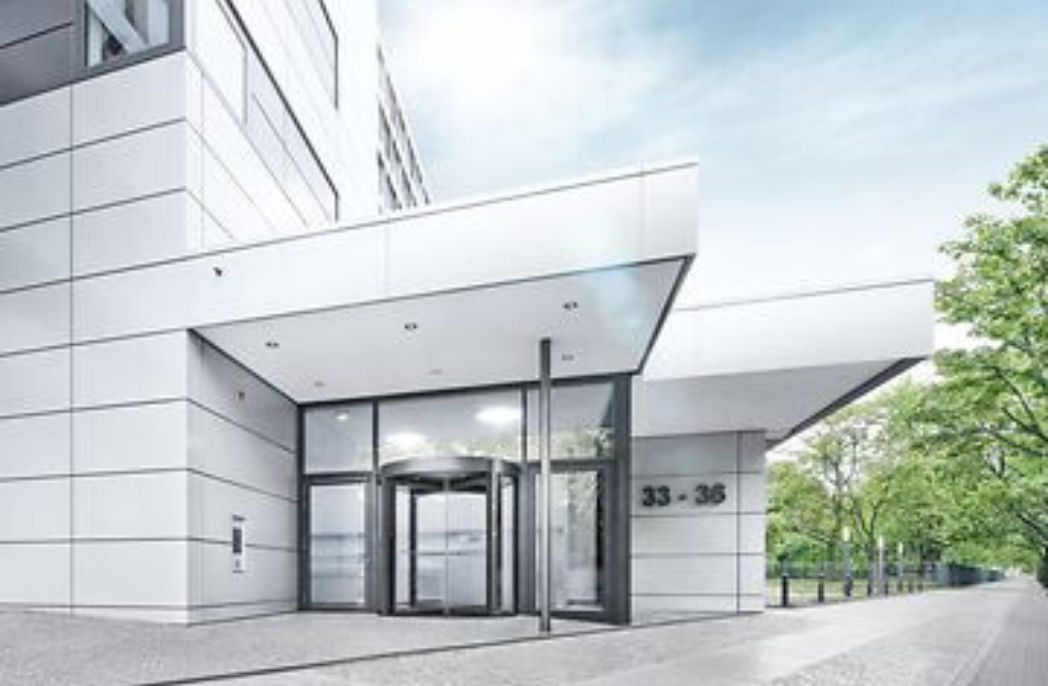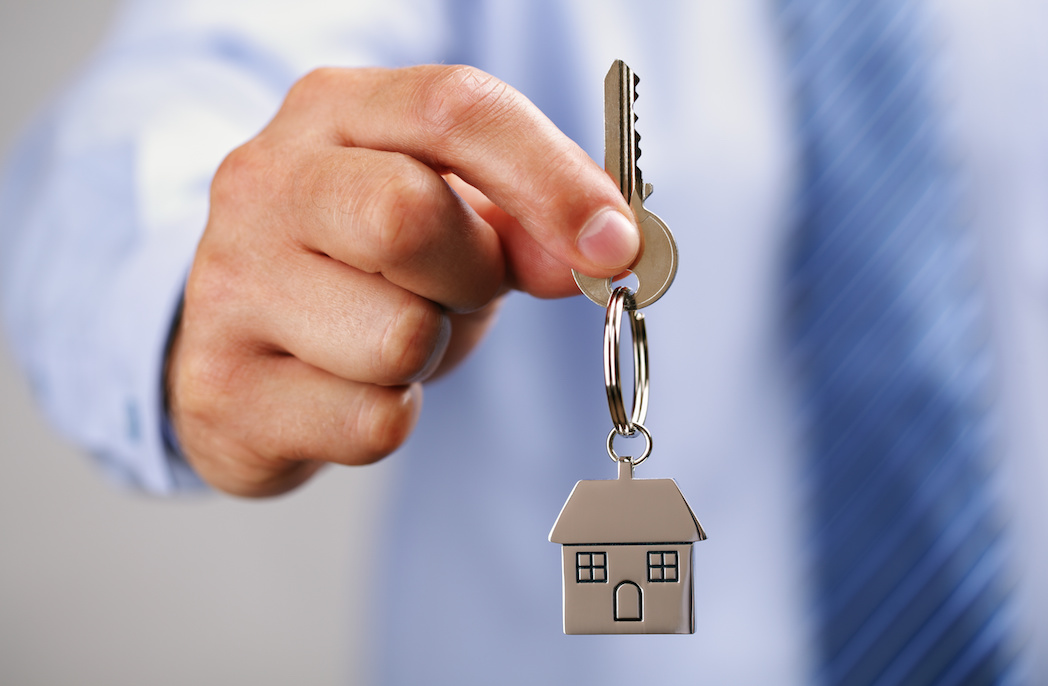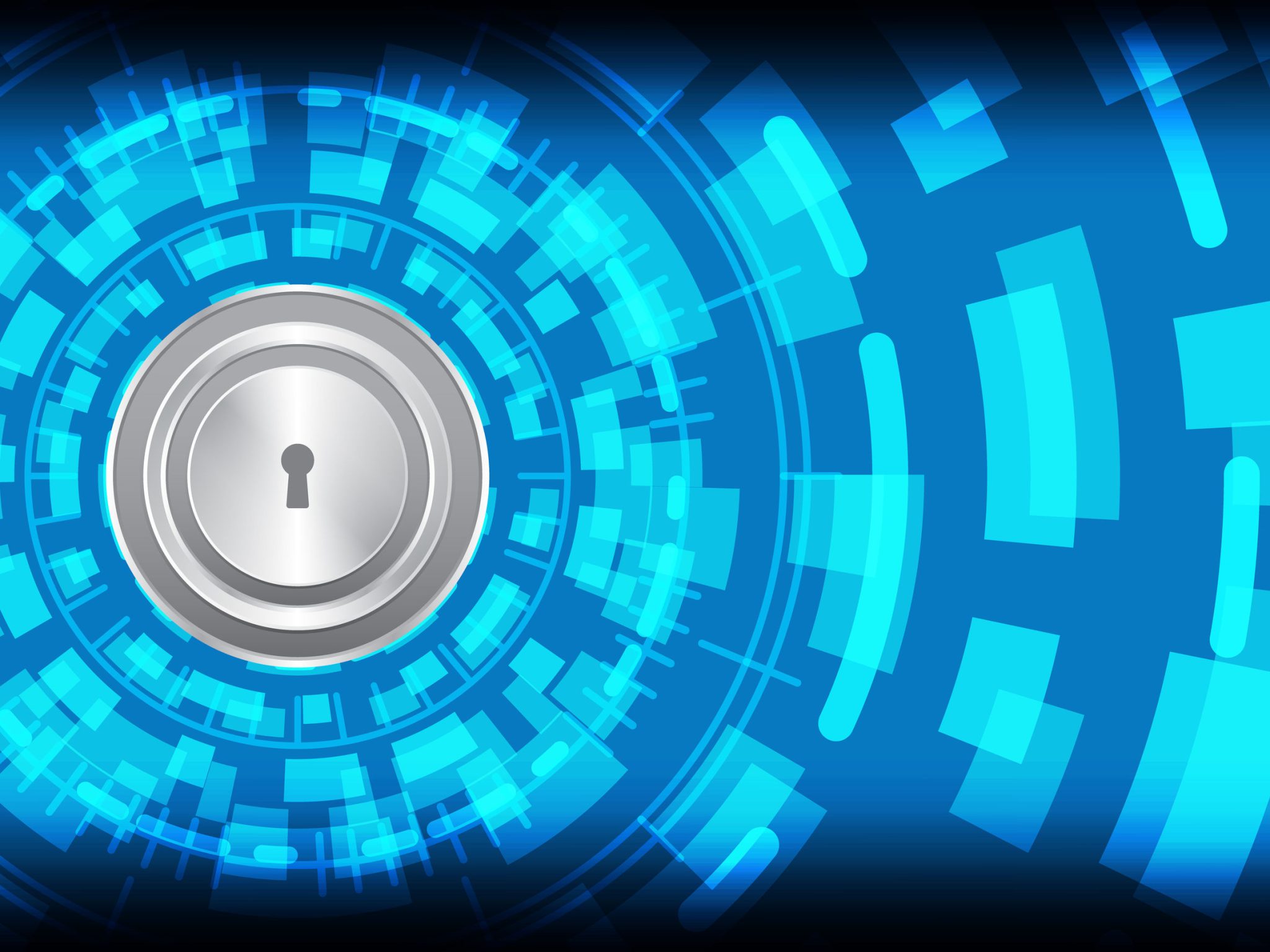
Cloud connected doors are the next level up
Cloud connected doors are the next level up
Share
Entry as a Service is the next level up of automatic door maintenance and technology, explains dormakaba’s Kevin Blacow.
We’re now used to the idea of the Internet of Things (IoT) connecting many of the staple appliances and fixtures of our everyday lives to the cloud and, therefore, each other, but what may surprise is that this even includes automatic doors.
You may have thought of such doors as simply pieces of timber, glass or metal that open automatically, you walk through and they close behind you with no thought to anything other than getting to the other side. No longer. Enter EaaS or Entry as a Service. This brand new software is the very latest in streamlined automatic door design.
Essentially, what EaaS boils down to is a system by which automatic doors are connected to the cloud, and all the door’s relevant operational data is shared in real-time with all the necessary stakeholders.
Who would need to know anything about the workings of a door, and what kind of things may they need to know? In our Service Area, we have around 200-plus service technicians who spend much of their day driving around maintaining and repairing automatic doors.
This has always been their job, but the advent of EaaS will make this so very much easier. Previously, a broken door would entail a phone call from the customer, the problem being logged in our support centre and the details forwarded to a service technician via their smart tablet.
Working with ServiceMax, a cloud- based software package, the technicians would be able to access in real time all the relevant operational door information needed to do their job in a more streamlined and efficient manner.
The service support team in the office would ascertain who was the best technician for the job – who was in the right area, who had the most pertinent skill set for the particular problem and who had the right spare parts in their truck.
EaaS, however, takes this to the next level, by cutting out the middleman. With this system installed, the automatic door products themselves become smarter. Instead of a customer phoning up the service centre with a vague ‘it’s not closing properly’ or ‘it’s very slow to open’, the door itself is continually sending data through – letting those on the other end know if it is open or closed, the condition of the battery and other safety elements.
It’s able to tell if there are service messages; for example, the door is obstructed, the power has failed or the fire alarm has been triggered. This means the team in the Service Office can see the door’s status at a glance.
What this means for tenants and users is 24/7 monitoring. The door entry is being monitored continually, so if there is a critical service error like a power failure or something even more concerning, such as a door being forced open after hours, this can be seen and logged straightaway. Real- time monitoring means a service case is automatically created, with an email sent to the customer and, if necessary, a service technician immediately dispatched to address the problem.
Little boxes
The EaaS concept or product takes the form of a small box housing an IoT connector that is fitted into the automatic doors, which then connects to the cloud and to ServiceMax. It can also be retrofitted, as it is backward compatible with existing sliding door operators. As the software is rolled out, it is becoming apparent that this is just the tip of the iceberg.
EaaS principles are simply an adaptation of the systems currently in place in multiple other parts of buildings – the HVAC (heating, ventilation and air-conditioning) systems, the lighting systems, the water systems in buildings are often all already being monitored by manufacturers and service teams.
Automatic doors are simply the latest product that can benefit from such real- time scrutiny. For architects specifying these products, they are able to recommend such benefits to their clients as the ability to monitor buildings after hours, to see who enters the premises after they have been locked up, or when the cleaners arrive and depart.
Those who’d benefit most from the technology are likely to be corporate customers – banks or petrol stations, for example, that may have hundreds of branches around the country of a specific store. EaaS is the next level up of service – offering greater product life cycle costs, reduced downtime for issue solutions and greater response times from the service area.
Remote diagnosis can shave those response times further. Say, for example, a customer complains about a door being stuck open. With EaaS it’s possible to log in and look at the smallest details of the door’s operation. Without even visiting the site, the technician could be able to see such issues as a key switch left in the open position.
Prevention better than cure
The other great benefit of a system like EaaS will be the ability to utilise predictive servicing. In the near future, the technology will be able to monitor the vibration of the automatic door operator. And if it’s vibrating more than it should, the service technician will know to inspect or replace certain components like track rollers or floor guides that guide the door – before they have actually failed.
dormakaba is an Architectural Review adviser
Image: 123RF’s everythingpossible © 123RF.com
You Might also Like




















